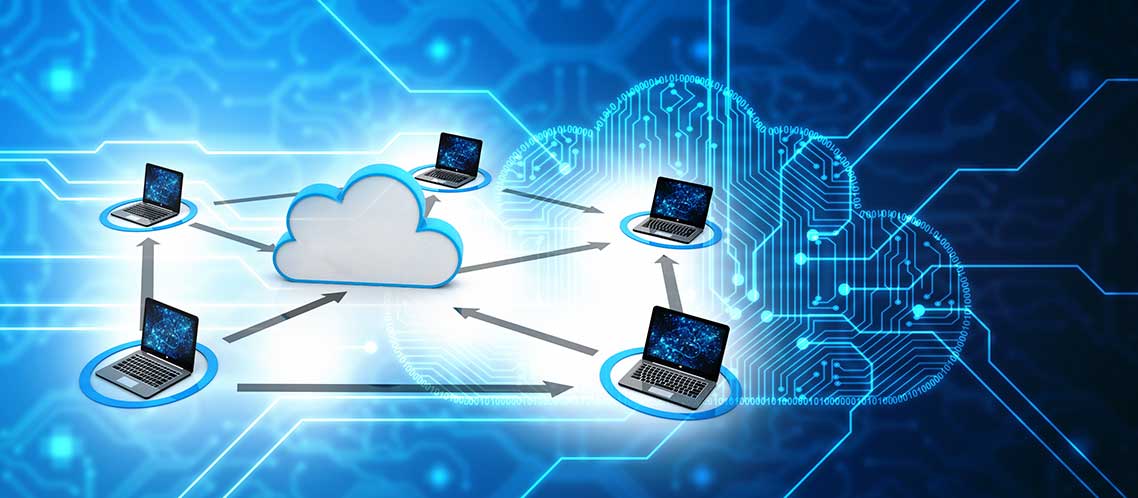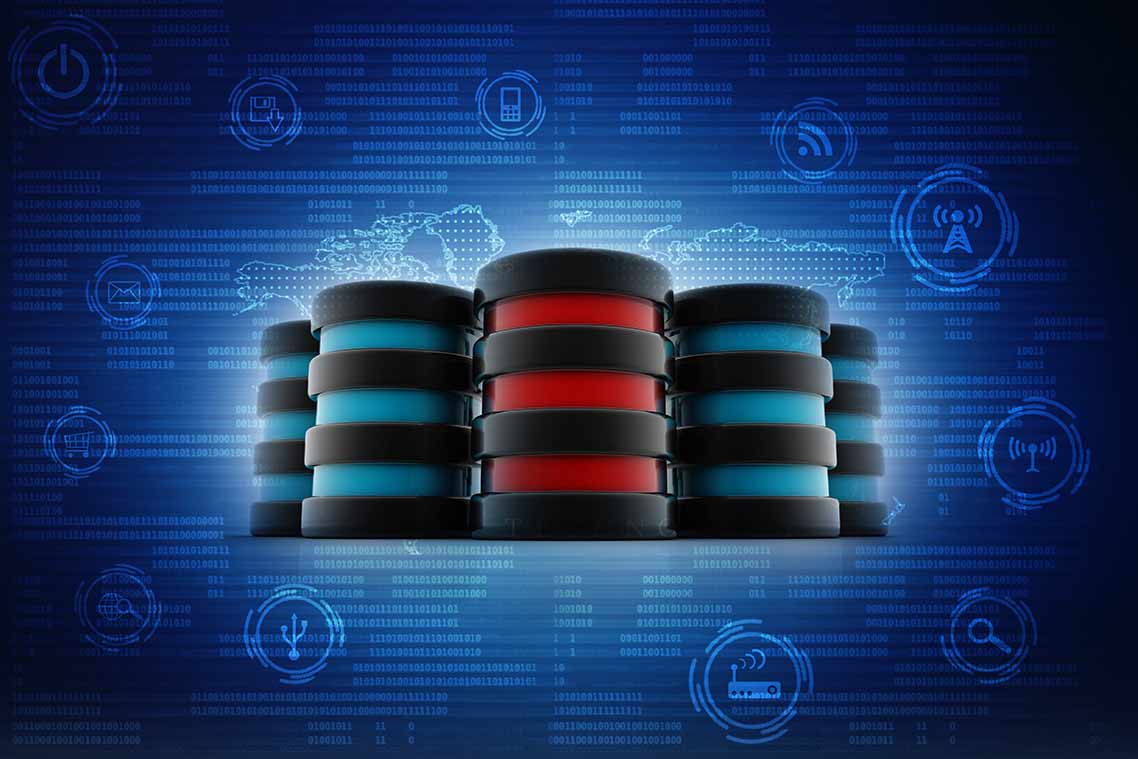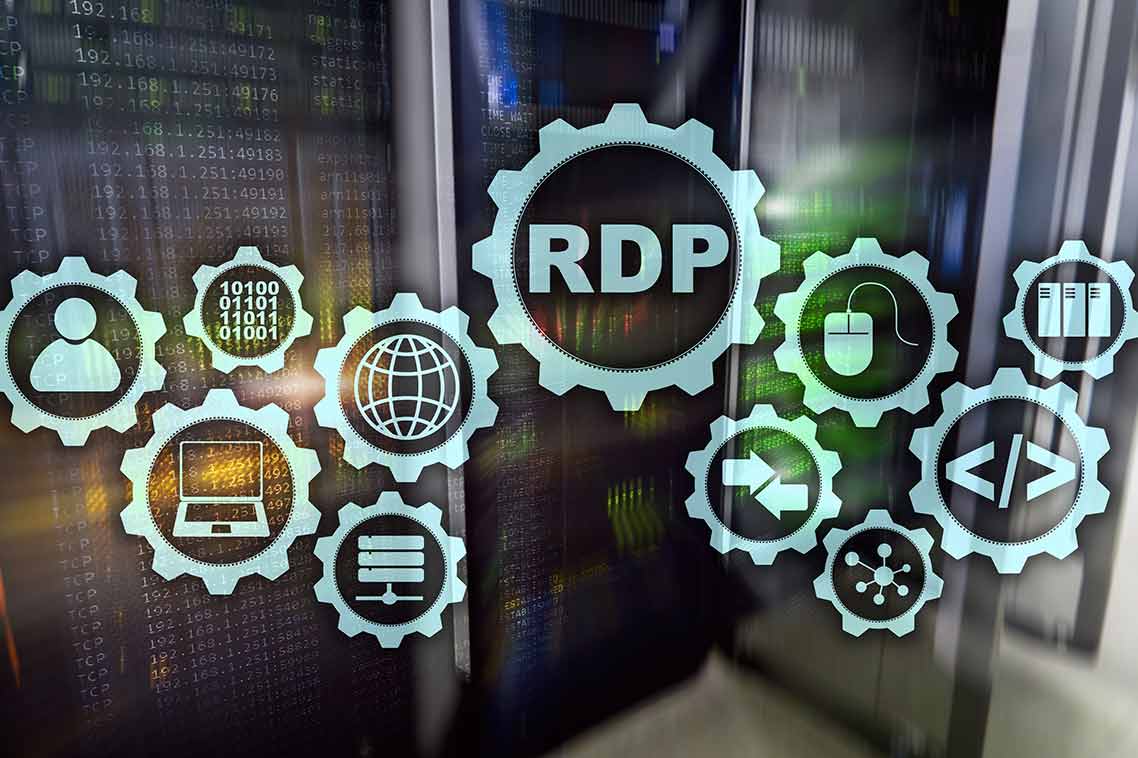An Azure subscription is a base container that comprises a group of related business or technical resources. The group of resources are used and billed together. An Azure subscription also acts as an administrative boundary, meaning that it allows...
Hosted virtual desktops are deployed as individual virtual machines on a centralized server and accessed via portable devices through the internet. They have gained wide acceptance for providing a user experience...
Windows Virtual Desktop (renamed to Azure Virtual Desktop) is a Desktop as a Service (DaaS) offering from Microsoft that runs in the cloud and virtualizes desktops and applications. It offers simplified management and optimization for Microsoft 365...
Raw Device Mapping (RDM) is VMware’s virtualization technology that allows a virtual machine (VM) to access a logical unit number (LUN) directly. IT administrators can then format the LUN using any file system, such as New Technology File System (NTFS)...
A firewall is an essential layer of security that acts as a barrier between private networks and the outside world. From first-generation, stateless firewalls to next-generation firewalls, firewall architectures have evolved tremendously over the...
Creating and maintaining multiple virtual machines (VMs) at all the levels of the computing stack is a fundamental component of any modern IT infrastructure. Replication remains the most powerful tool that organizations can use to...
Tsclient is the executable name for the Parallels® RAS Client for Windows. It is lightweight, easy-to-install and leverages the capabilities of Microsoft Remote Desktop Protocol (RDP). If you’re just getting started with...
Single sign-on (SSO) has evolved quietly into federated authentication. Federated authentication streamlines user login credentials across multiple platforms and applications to simplify the sign-in process while enhancing...







